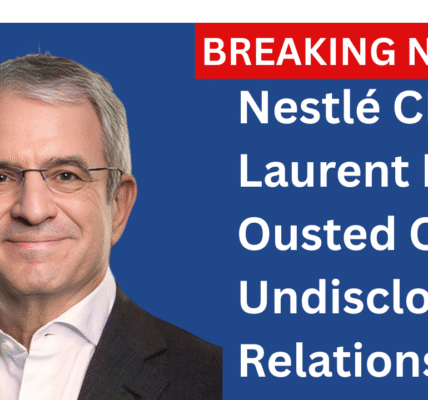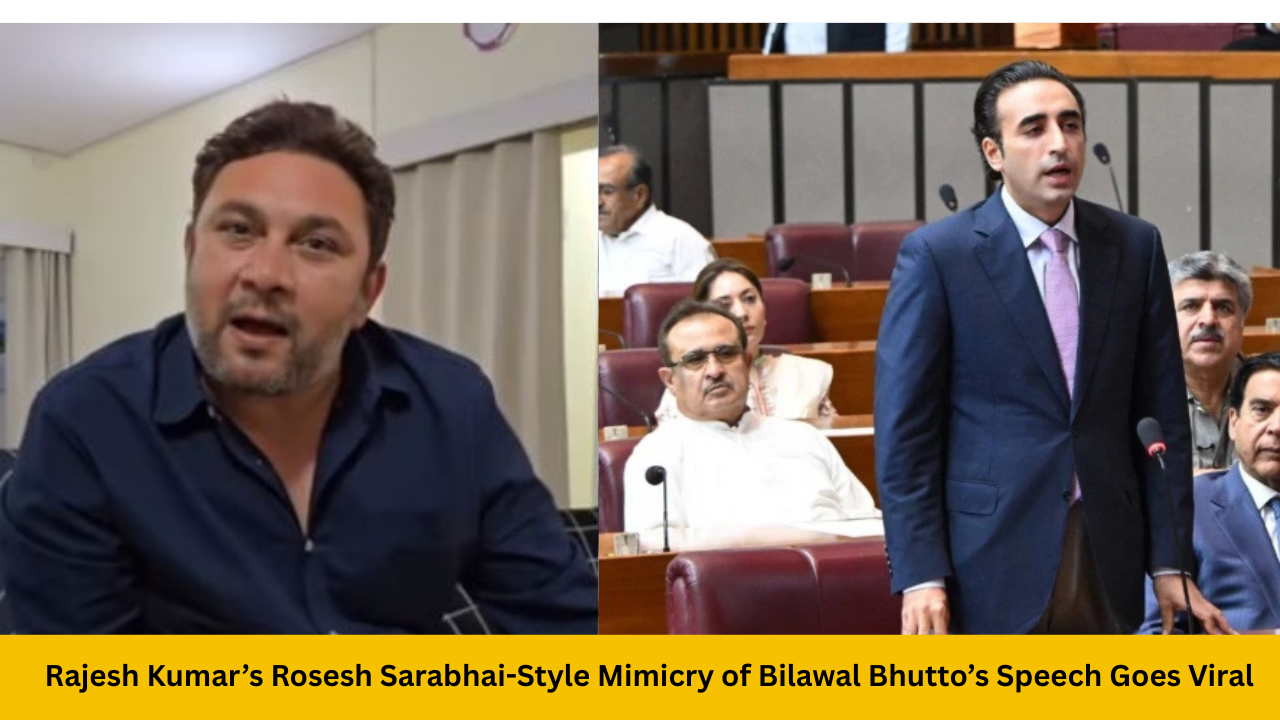When President John F. Kennedy was shot in 1963, people didn’t see the famous Zapruder film (video) for more than a decade. But today, shocking moments—like the assassination of Turning Point USA founder Charlie Kirk—are instantly recorded and shared online. Within minutes, clips of Kirk’s killing in Utah appeared on social media and spread across the country, triggering national conversations about political violence.
A New Era of Instant Access

Decades ago, TV networks decided what people saw and when. If you missed a broadcast, it was gone. Now, nearly every person has a smartphone that can capture dramatic and tragic events video as they unfold. That means violent acts videos are filmed, uploaded, and replayed by millions—often without warnings or edits.
Tevi Troy, a presidential historian and former government official, says this constant exposure isn’t good for people. “You’ll never have an assassination again that we don’t have footage of,” he warned. Troy believes that seeing so much violence—over and over—can numb our emotions and make it harder to process what really happened.
What People Are Saying Online about the video
After Kirk’s death, millions turned to social media to mourn, debate, and sometimes argue. His accounts gained millions of new followers, and discussions spread quickly. News outlets were careful about showing graphic footage, but online posts often didn’t hold back.
Some people tried to explain or downplay the attack, while others used it to push their own political views. Tensions rose online, with some activists threatened for expressing controversial opinions about Kirk’s death. The reaction shows how divided the country can be—and how quickly social media can amplify those disagreements.
America’s History with Political Violence
Kirk’s killing is part of a troubling trend. More politicians and activists from different sides have faced violent attacks in recent years. Experts fear that easy access to videos of these events may make violence seem more normal—or may even inspire others to act.
What Happens Next
Charlie Kirk’s family and followers say they will carry on his work. But many other public figures are worried about their own safety. The way we watch and share these tragedies has changed—and so has how we react to them.
Instead of waiting years to learn what happened, Americans now witness history unfolding in real time—right from their phones. This new reality is forcing the nation to rethink how it understands, mourns, and responds to political violence.
Recent Posts
- Alert: CBSE Registration 2025–26: Major Updates on APAAR ID, Fees, and Deadlines
- Deccan Traps, Mahabaleshwar Among 7 Indian Sites Added to UNESCO’s Tentative World Heritage List
Charlie Kirk assassination, Political violence, smartphone footage, Zapruder film, Social media news, Instant news coverage, Public perception, American politics, Turning Point USA, Viral video, Democracy and violence, Real-time news, Graphic content, Bystander video, Media evolution, National tragedy, United States, Political polarization, Sensational news, Public reaction
Discover more from
Subscribe to get the latest posts sent to your email.








